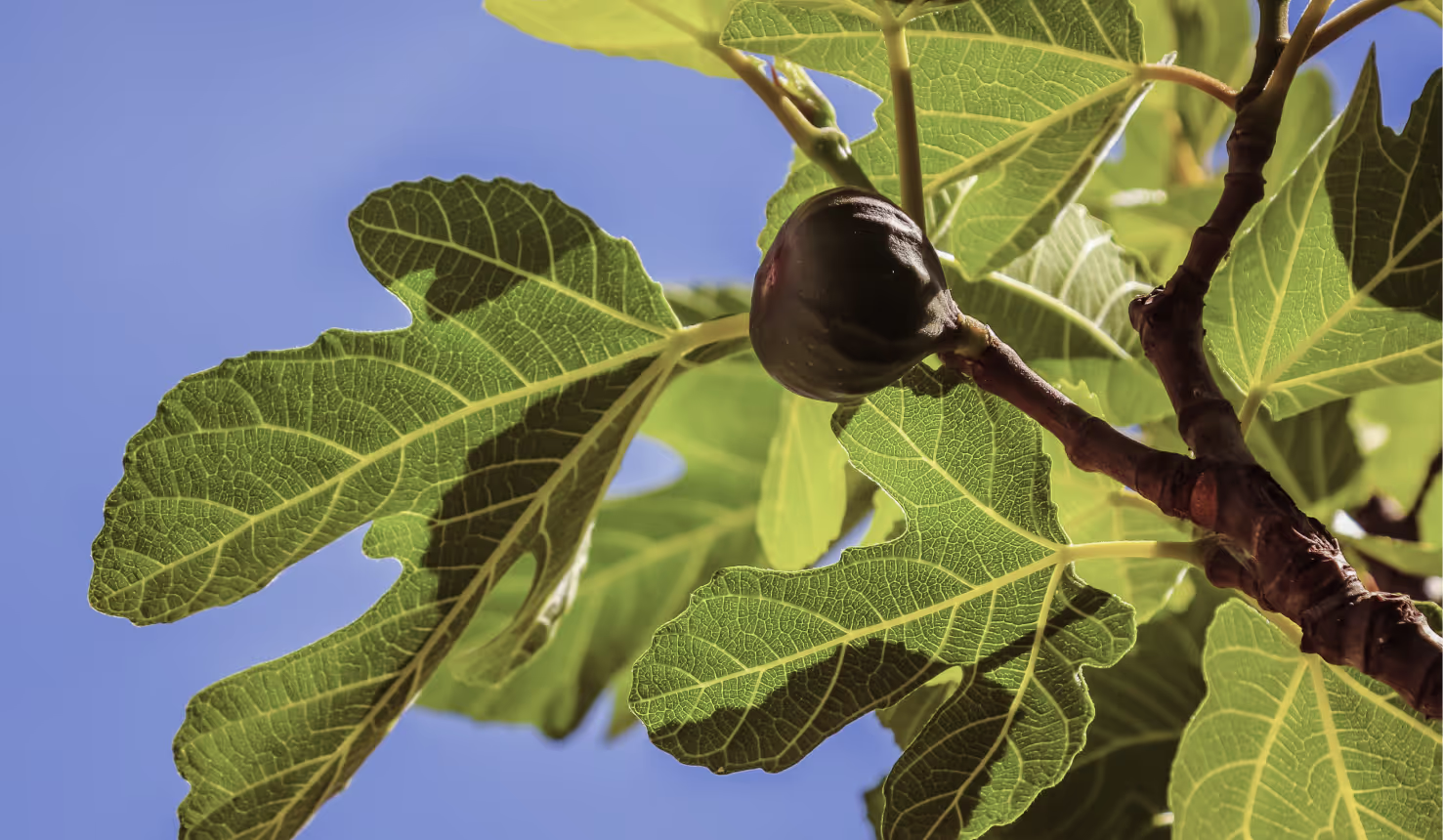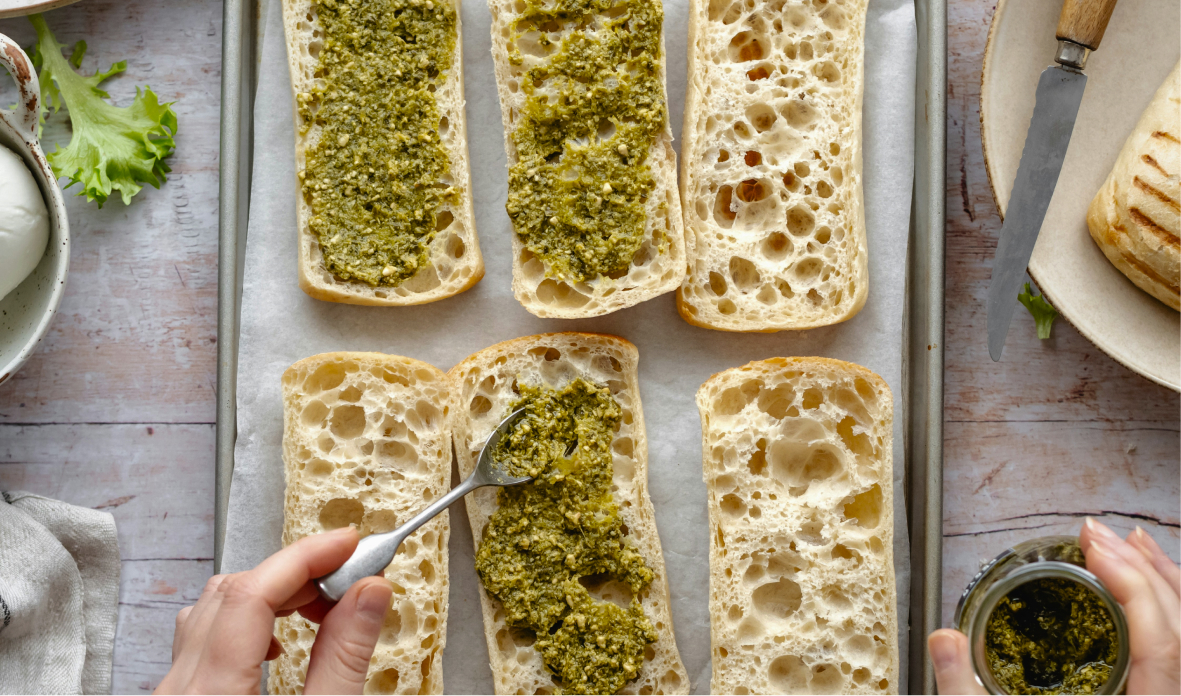19 Drought-Tolerant Vegetables and Fruit

Growing drought-tolerant fruits and vegetables is a great way to conserve water and maintain a sustainable garden, especially in regions prone to water scarcity or drought. Here's a list of drought-tolerant fruits and vegetables you can consider growing:
Drought-Tolerant Fruits:
- Fig: Figs are hardy and can thrive in arid conditions once established.
- Pomegranate: Pomegranate trees are known for their ability to withstand drought once they're established.
- Olive: Olive trees are well adapted to dry climates and can produce olives even with limited water.
- Date Palm: Date palms are well-suited to desert climates and require minimal water once established.
- Jujube: Also known as "Chinese date," jujube trees are drought-tolerant and produce sweet, edible fruits.
- Prickly Pear Cactus: This cactus produces edible fruits known as prickly pears or tunas and can thrive in dry conditions.
- Kiwi: Kiwi vines are relatively drought-tolerant once their root systems are established.
- Mulberry: Mulberry trees can tolerate dry conditions and produce delicious berries.
- Grapes: Grapevines are well-suited to dry climates and can produce grapes for eating or making wine.
{{cta-join2}}
Drought-Tolerant Vegetables:
- Okra: Okra is relatively drought-tolerant and can handle hot conditions well.
- Eggplant: Eggplants can thrive in warm, dry climates with proper care.
- Artichoke: Artichokes are quite drought-resistant and can produce edible flower buds.
- Zucchini and Summer Squash: These fast-growing plants can handle some drought once established.
- Kale: Kale is a hardy leafy green that can withstand dry spells.
- Swiss Chard: Swiss chard is another leafy green that's fairly drought-tolerant.
- Peppers: Many types of peppers, including bell peppers and chili peppers, are drought-resistant.
- Tomatillo: Tomatillos can handle dry conditions and produce tangy fruits.
- Amaranth: This versatile plant produces nutritious greens and grains and can tolerate drought.
- Cactus (Nopales): Nopales, or young pads of certain cactus species, are edible and drought-tolerant.
Remember that even drought-tolerant plants need regular watering when they are getting established. Once they've developed a strong root system, they are better equipped to handle periods of water scarcity. Using mulch around your plants can also help retain soil moisture and reduce evaporation. Additionally, choosing native plants adapted to your region's natural climate and rainfall patterns can greatly contribute to a successful and sustainable garden, even during drought conditions.
Join the community


















